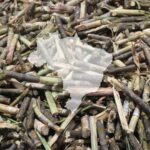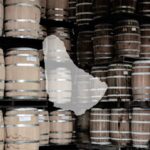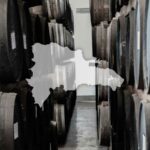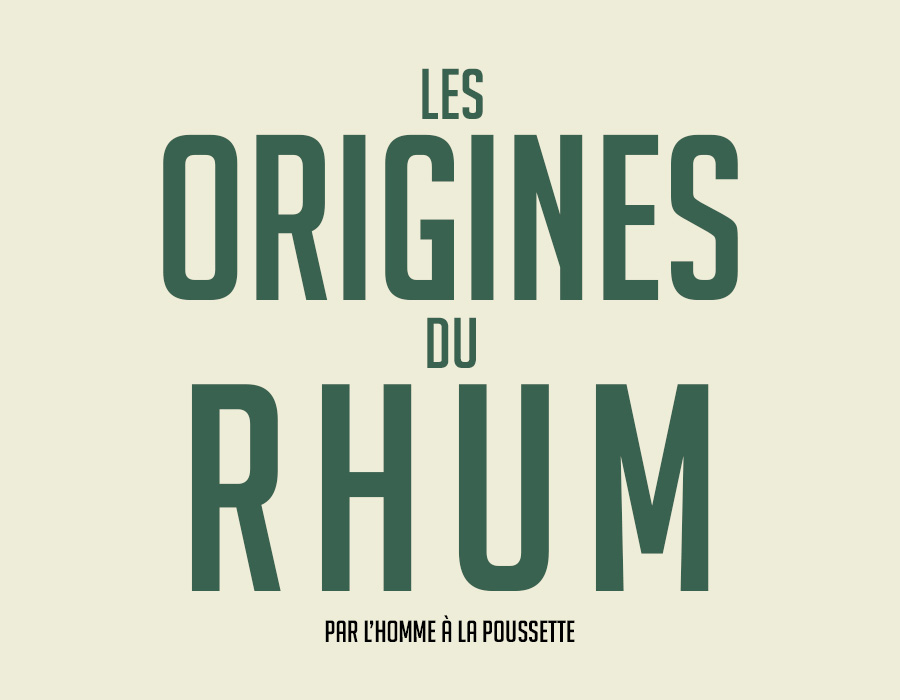Cape Verde rum, get to the bottom of the bottle
Why does a Cape Verde rum develop this aromatic profile? Let’s go from the bottle to the cane to find out.
In your quest for knowledge, you want to learn more about the rums produced on the Atlantic islands. Your recent stopover in Madeira has only heightened this desire.
With this in mind, you set off down the road to your personal Ali Baba’s cave: your specialist cane brandy cellar.
Busy putting away the morning’s deliveries, he pauses as you enter and listens to you explain what you have in mind.
He says he has exactly what you’re looking for: rums produced in the traditional way on an archipelago off the coast of Senegal. He prefers not to tell you too much, so as to keep it a surprise and not influence you when you discover this beverage.
You cheerfully accept this “challenge” and – after a few tastings of other origins, guided by the master of the house – return home with a new bottle of white rum in your hand.
When you get home, you look at your bottle and see the words “rhum” and “grogue” side by side, as well as its origin: Cape Verde.
You know absolutely nothing about this origin, which makes you even more curious.
You’re also intrigued by the word “grogue“, which evokes a drink in which rum, honey and lemon are added to hot water. The connection seems somewhat remote.
Without further ado, you open the bottle and pour two centilitres into your tasting glass.
The fragrance wafting from the glass is intense and leaves little doubt as to the raw material used: fresh cane juice.
The cane expresses itself unabashedly, full, ripe, herbaceous and organic; it makes you want more. Exotic fruits, heady flowers, spices (including licorice – is that even a spice? You’ve got two hours) and a hint of copper are perceptible, but only present to support the cane.
You’re under the spell of this wild, expressive rum. If it weren’t for the nature of the raw material, you wouldn’t venture to guess the stages of production, even if its very straightforward nature evokes traditional methods.
Your instincts are right: few cane eaux-de-vie are produced more artisanally than grogue.
The cane grows on several of Cape Verde‘s islands. They are grown naturally, with no inputs(fertilizers or pesticides). As in Madeira, whose terrain is also steep, harvesting is done by hand.
The cane is then transported to the trapiche (the name given to the place where production takes place, starting with the press). Once the juice has been extracted (without the addition of water), it is stored in vats so that fermentation can begin.
Once again, nothing is added, not even yeast (and even less acidifying agents). Fermentation takes place in the wild, with ambient yeasts (and bacteria) doing the work of transforming sugar into alcohol and creating aromas.
It will take at least a good week (and often up to two) for the operation to be completed.
Not surprisingly, the next step is just as traditional, and has probably not changed much since the early 16th century (when the first traces of distillation were found in the archipelago).
No columns here, but small iron stills, heated directly over a flame.
The still is placed in a terracotta cavity on a bed of bagasse (leftover sugarcane once the juice has been extracted), which is used as fuel.
It takes one and a half passes before the distillate is ready. In fact, once the first pass has been completed, the “brouillis” is distilled a second time, not without adding a portion of cane wine (fermented cane juice).
The condensing system is also relatively archaic, consisting of a simple pipe several meters long, embedded in a larger pipe through which cooling water flows.
The result is a pouring rum of around 45%, which is consumed as is in Cape Verde, where most of the production is sold. It’s the archipelago’s national drink.
Although production is regulated, following the implementation of a 2015 law, adulterated grogues can still be found in the region. Fortunately for us, these don’t reach our shores.
On the other hand, in recent years we’ve seen a number of brands arrive on wine shop shelves. Although there are still very few of them, these grogues originating from different trapiches (or even different islands) allow us to imagine the aromatic variety that exists within these ancestral cane brandies.
When you consider that there are several hundred producers on Santo Antão alone, you can’t help but get a taste for cane juice. The island is also renowned for making the best grogue.
LAging toddy remains a very marginal practice, although barrels have been imported for this purpose.
Back in the days of Portuguese colonization, you could find casks of port wine, but now it’s just a few barrels of various types that have been brought to Cape Verde by French producers and distributors.
You may not yet know all there is to know about Cape Verde grogues, but you know enough to understand and appreciate what’s in your glass.
And if you get the chance to taste the punch mel, don’t hesitate! This blend of white grogue and cane sugar syrup (the equivalent of West Indian battery syrup) is a must. You may well have to travel to Cape Verde to discover this drink, but I know there’s no stopping you.












